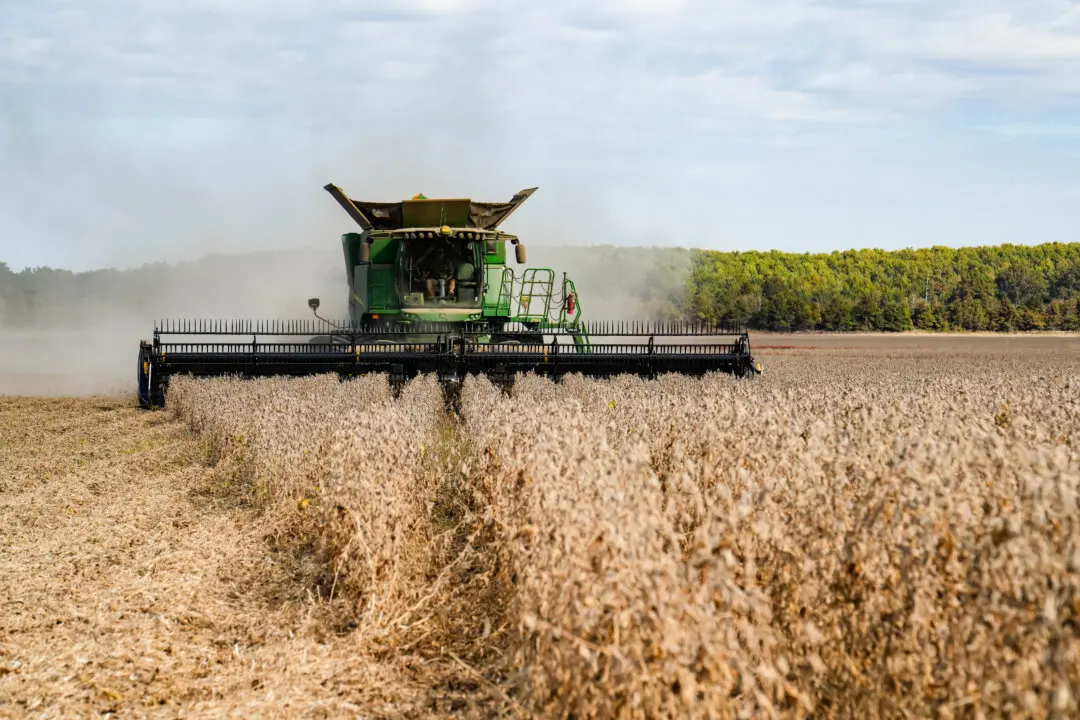Federal land managers have announced the launch of an expedited permitting process for what, if approved, will be America’s first vanadium mine.
The Bureau of Land Management, an agency of the U.S. Department of the Interior, said in a release earlier this month that it has begun the scoping process for the proposed Gibellini Vanadium Mine Project located around 27 miles southeast of Eureka, Nevada.





